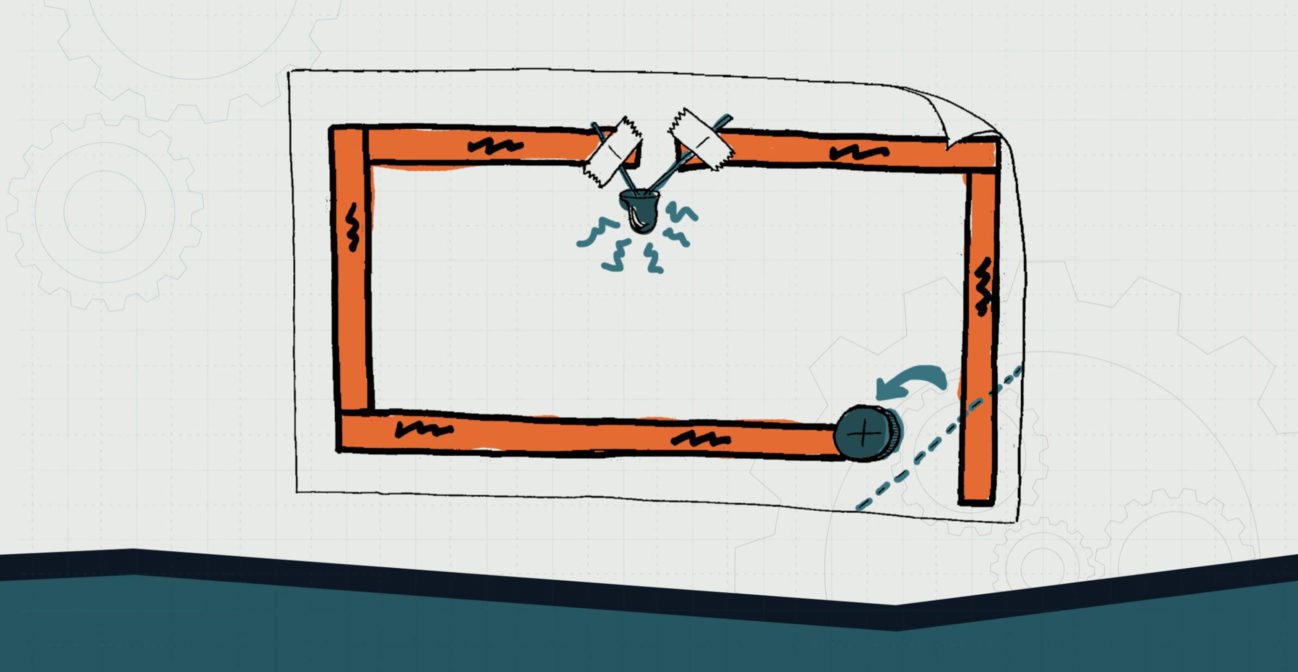Join us for conversations that inspire, recognize, and encourage innovation and best practices in the education profession.
Available on Apple Podcasts, Spotify, Google Podcasts, and more.

MIDDLE SCHOOL – LEVEL 2
Paper circuits are a cheap, easy way to learn about electrical circuitry. They are simple and easy to build on and make artistic. Your LEDs can be eyes for a bird, or twinkling stars in a night sky, or Carnival Lights for games and entertainment. Follow the directions to understand a paper circuit, plan your design, then start building. The below diagram will help you understand how to wire.
MATERIALS NEEDED:
❏ Paper
❏ Aluminum foil
❏ Tape
❏ Coin battery
❏ LED
❏ Various upcycled materials
DIRECTIONS:
In your finished paper circuit, the battery sits on top of the aluminum foil, with another foil line running from the other side of the battery to the opposite LED terminal. When the page is folded over, the circuit is complete and the bulb lights up.
OBJECTIVE: Students will be able to design and construct simple circuits. This can be used to illuminate carnival-themed toys and games should the school decide to hold a STEAM Carnival.
ESSENTIAL QUESTION(S):
Teacher may use guided questions to clarify student responses, demonstrate and fix misconceptions on learning using demos and simulations.
It may be best if this is done alternating between whole group and small groups
Small group
Draw circuit in simulator
Write out observations in notebook or paper
Whole group
Share observations
Ask facilitating questions as class discussion
Evaluation criteria
Ability to identify patterns and their cause and effects in circuits
Problem solving and reasoning abilities
Teamwork and discussion
Identifying and questioning ideas of their peers
Honoring and respecting the ideas of other group members
Use of academic language in expressing their ideas
NGSS CONNECTION:
4-PS3-2. Make observations to provide evidence that energy can be transferred from place to place by sound, light, heat, and electric currents.
COMMON CORE CONNECTION:
ELA/Literacy
W.4.7 Conduct short research projects that build knowledge through investigation of different aspects of a topic.
W.4.8 Recall relevant information from experiences or gather relevant information from print and digital sources; take notes and categorize information, and provide a list of sources.
DOK:
Level 3: Strategic Thinking
Level 4: Extended Thinking